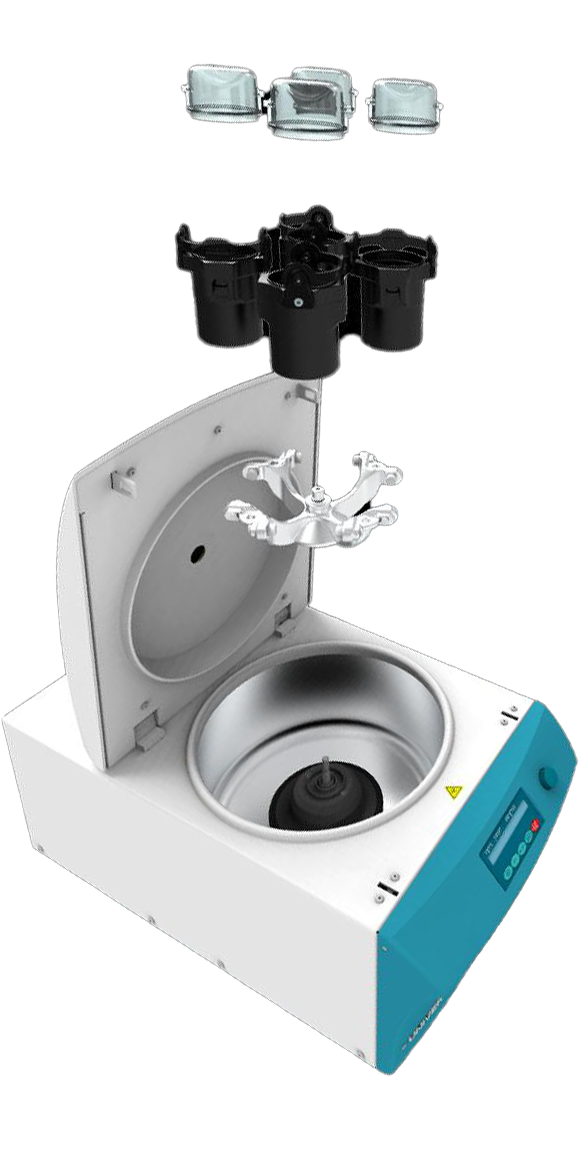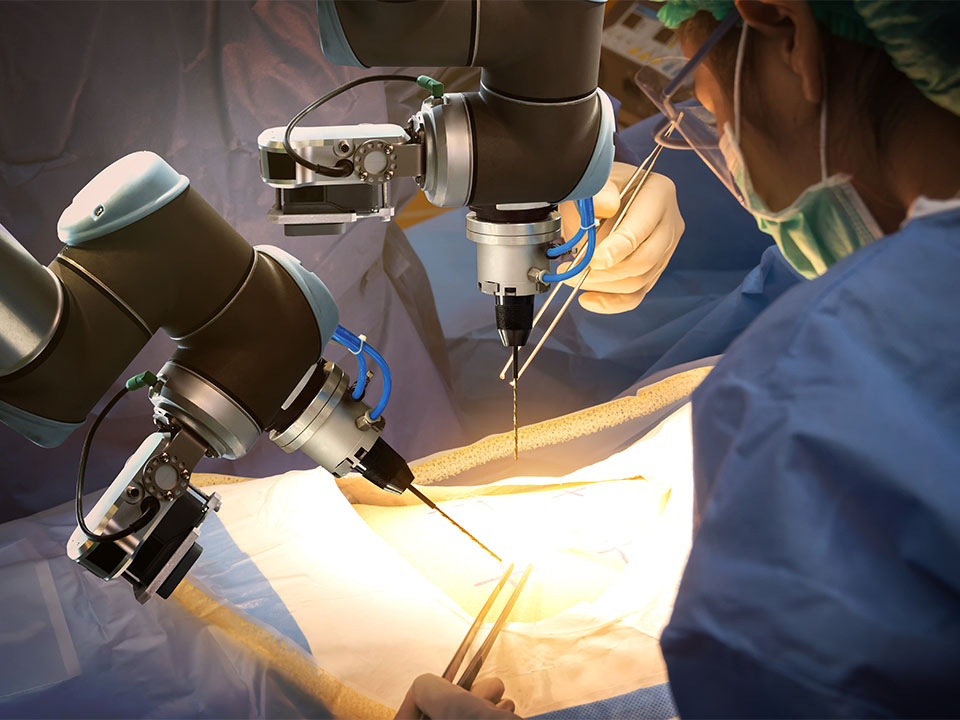Wound dressings has developed dramatically over the years. From a simple needle and thread, to synthetic fibres that dissolve, the world of wound care has changed immeasurably. In recent years, we have even seen synthetic glue be used to heal wounds.
Today, cutting edge research is underway around the world to develop what is known as ‘interactive’ medical dressings. These wound dressings are much more than simply a protective barrier against infection. In this month’s blog, we take a look at the different ways wound care is advancing and how it might change in the future.
Smart wound care for burns victims
A good example of how wound care has advanced can be found at the University of Bath where scientists have developed innovative ‘smart’ dressings for burns victims.
Infection is the main cause of medical complications following a burn injury. All healing wounds contain some bacteria growth which is controlled by the patient’s immune system. However, in the case of small children, where the immune system is still developing, the body cannot cope with the natural bacteria in the wound. This leads to the bacteria communicating with each other and they grow until it starts damaging the healthy tissue.
It can be difficult for doctors to distinguish the child’s symptoms. This is because the symptoms can be easily mistaken for other illnesses such as a common cold, something prevalent with patients who have an under-developed immune system. Furthermore, if it is a very small child, who cannot yet talk, it is hard for the doctor to really know how they are feeling. One option is to play it safe and give the child a course of antibiotics. However, giving a small child antibiotics when their immune system is not properly developed is bad medical practice.
To solve this problem, scientists at the University of Bath, in tandem with the Healing Foundation Children’s Burns Research Centre which is based in Bristol Royal Hospital for Children, and the University of Brighton have developed a dressing that will change colour as soon as the wound is infected. This allows doctors to rapidly treat the child before the infection becomes problematic. Furthermore, it eliminates the need to unnecessarily remove the dressing to check the progress of the burn. This can slow the healing process and cause much distress for the child.
This ‘smart’ dressing works by releasing a florescent dye from nano-capsules which are triggered by the toxins secreted by bacteria within the wound. The clever part of these nano-capsules is that they only break open when toxic bacteria is present. They are not affected by the harmless bacteria found in healthy skin.
The team working on this innovative wound dressing has been awarded £1m by the Medical Research Council to develop the prototype. The funding will be used to design, manufacture and package the final product, getting it ready for clinical trials. The team hope to have a product ready for use in hospitals by the year 2020.
Dressings for diabetic ulcers
The smart wound care used for treating child burn victims is not the only project to receive funding. Researchers from the University of Manchester have also received considerable funding from the National Institute for Health Research for their work on colour changing wound dressings for diabetic foot ulcers.
These dressings have sensors which change colour depending on the levels of microorganisms in the patient’s skin. This can give a clear indication to the doctors on how sensitive the patient is to antibiotics allowing adjustments in dosage and type of medication to take place. This method of monitoring is far more effective than the current method of taking a swab and sending it off for testing. Results using this method can take up to a week, by which time the patient may develop more health complications.
Monitoring the condition of a wound
As already mentioned, manually removing a wound dressing can be distressing for the patient and interrupt the healing process. Furthermore, it creates unnecessary cost for the hospital trust as the existing dressing simply has to be discarded and a new one re-applied. However, this could be a thing of the past as researchers at the Tyndall National Institute in Cork, Ireland have developed a new smart dressing called the DermaTrax. The DermaTrax dressing contains sensors that monitor a patient’s wound including its temperature, moisture and pH. Information is relayed back via a wireless internet connection to a nurse’s workstation.
Using DermaTrax can generate significant cost savings as clinical inspection time is lowered and hospital stays are made shorter as a result of faster wound healing.
Conclusion
As we have outlined, there are many different examples of smart dressings that are either in a prototype stage or are very close to being launched in clinical trials. Technology is changing and rapid advancements on wound dressing are to be expected in the next few years. Biomaterials, sensors and microelectronics will all play a part in the advancement. The key element to the success of any smart dressing will be cost. Only time will tell if such advanced technology can rolled out to the masses at a reasonable cost.









